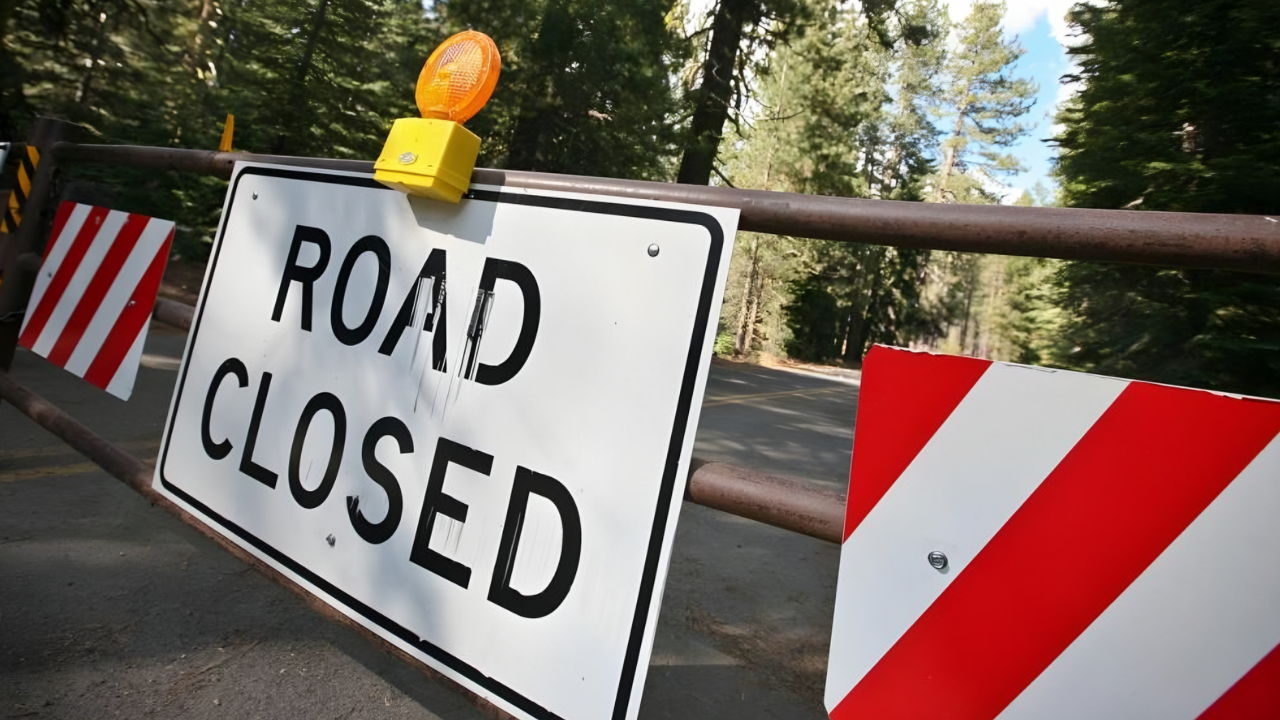
Yosemite National Park, a major draw for nearly 4 million visitors each year, became the center of an alarming discovery.
On the Royal Arches, park officials noticed a narrow crack no wider than a finger, but what followed was far from ordinary. Geologists reported strange, unexplained sounds emanating from the cliff face—phenomena that defied typical geological explanations.
The unusual occurrence prompted immediate action, with officials sealing off the area, signaling that something extraordinary was unfolding at one of North America’s most iconic climbing spots.
An Alarming Discovery
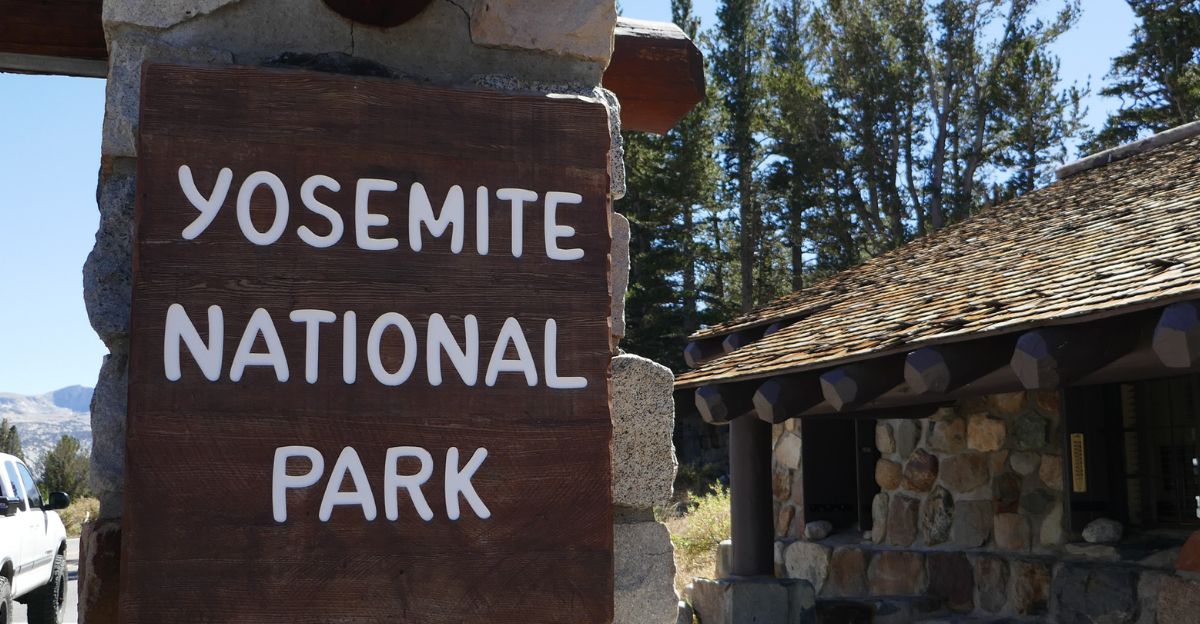
The crack expanded from one inch wide in August 2023 to nearly four inches by August 2024—a 300% expansion in twelve months.
Park officials detected an alarming expansion-contraction cycle: the fissure widened in fall 2023, narrowed during winter, then widened again.
Most alarming: a large granite pillar above the crack became partially detached. Officials heard “pieces of rock rattling down the crack without touching it”—spontaneous debris falling.
This pattern prompted officials to extend closures across multiple climbing routes and a section of the Yosemite Valley Loop Trail.
Rockfall’s Grim Precedent
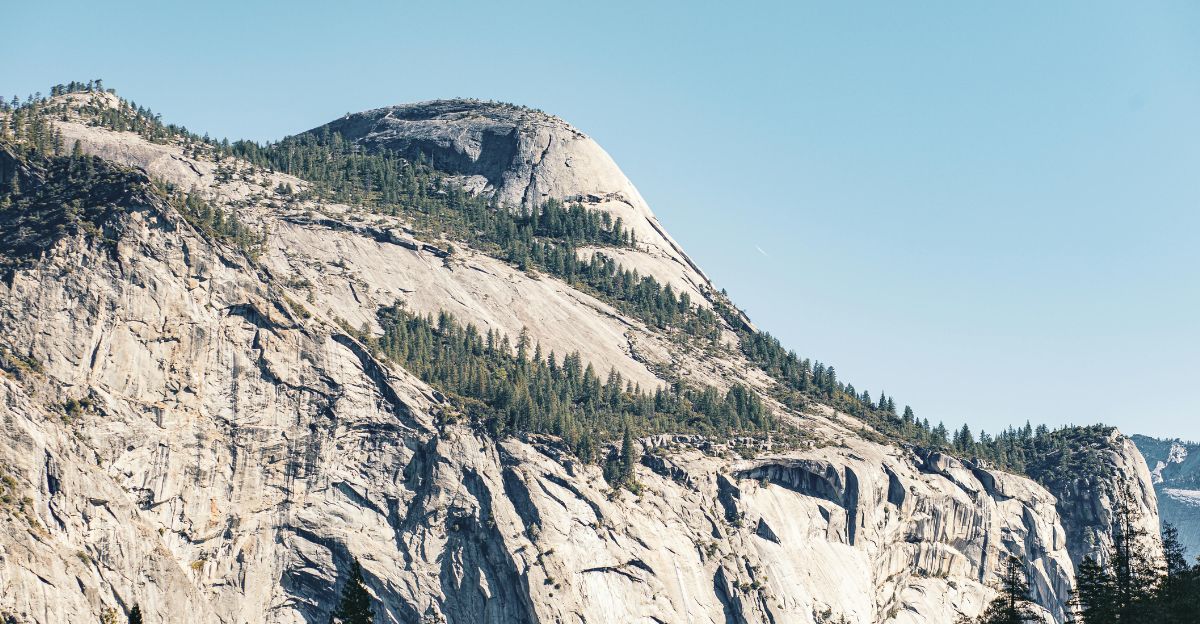
Yosemite Valley has recorded more than 1,000 rockfall events over the past 150 years, many of which have been catastrophic. Between 2015 and 2017, rockfalls claimed multiple lives and caused significant injuries.
The park experiences approximately 80 rockfalls annually, with roughly 12 from El Capitan alone during peak season. Fifteen to eighteen climbers have died from rockfall in Yosemite over recent decades.
Despite achieving a 95% reduction in rockfall risk by removing high-risk buildings from danger zones, Yosemite’s granite remains inherently unstable, posing persistent threats to visitors and climbers.
An Expert at a Loss
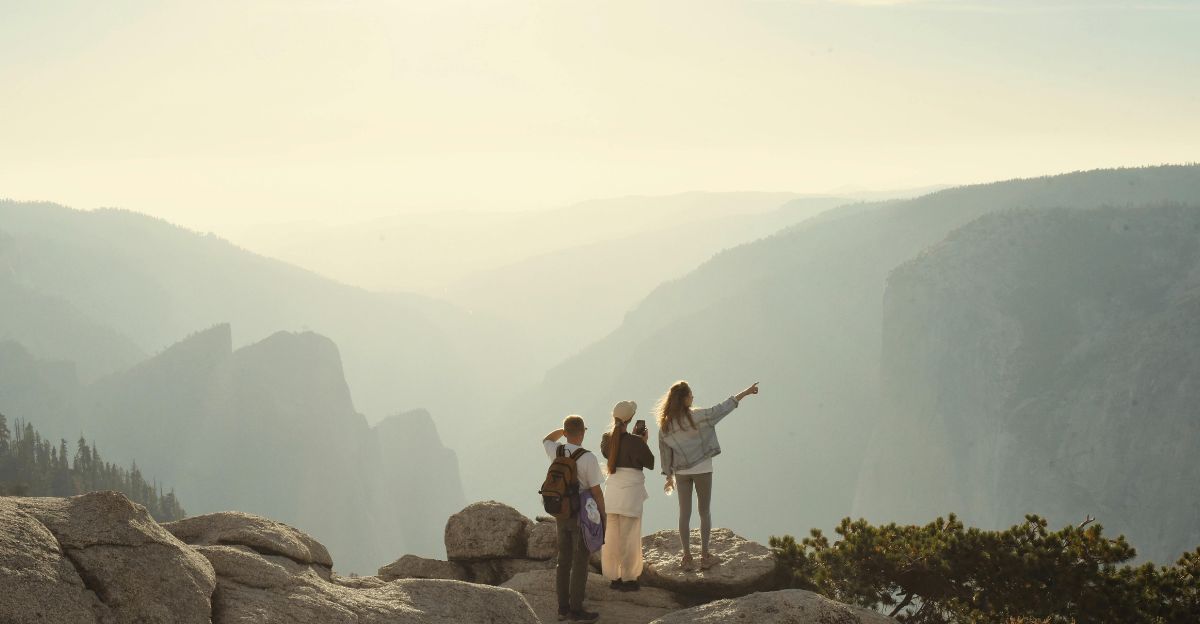
The park geologist with fifteen years of experience confronted something unprecedented. He had never witnessed an actively cracking rock formation with these specific characteristics.
The combination of audible cracking, spontaneous debris, and rhythmic expansion-contraction cycles defied textbook explanations.
Officials could monitor the crack using laser mapping and high-resolution photography, yet still could not predict when the detached pillar would collapse.
This candid admission intensified public concern, signaling that the situation fell outside regular park management protocols.
The August 2023 Discovery and Closure
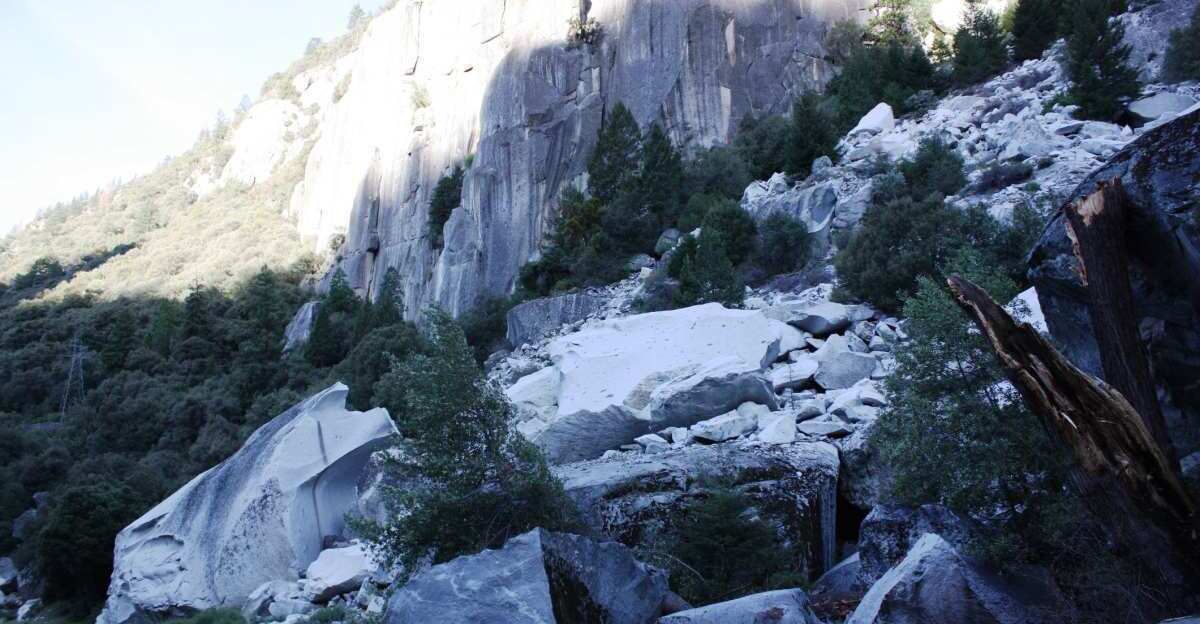
On August 30, 2023, Yosemite’s Superintendent issued an official closure order under Title 36, Code of Federal Regulations. Rock climbers had reported a new crack on the Royal Arches’ western side near Super Slide.
Officials confirmed the crack had “partially detached a large pillar of rock” and “cracking was actively occurring.” Citing “precautionary efforts to reduce rockfall risk,” the NPS closed the affected area.
The closure encompassed Serenity Crack, Sons of Yesterday, Super Slide, and Yosemite Valley Loop Trail sections. The designation remained “until rescinded”—which by November 2025 had lasted over two years without revision.
Climbers’ Community Shaken

Royal Arches hosts iconic climbing routes Super Slide and Serenity Crack, recognized as classic Yosemite Valley ascents. The indefinite closure eliminated access to these established routes, a significant constraint given their popularity within climbing culture.
Park closures pages confirm these specific routes remain closed as of November 2025. Climbing advocacy groups highlighted the closure’s impact in media coverage, although specific documentation of individual climber losses or guide income reductions is limited in public reporting.
The two-year duration without a reopening timeline represents unprecedented closure length for these routes.
Tourism and Park Visitation Stakes

Yosemite Valley Loop Trail, a major visitor attraction, faced partial closures affecting accessibility in the Royal Arches area. The trail section closure was formally documented by NPS as part of precautionary measures.
Park officials confirmed that while closures targeted specific climbing routes and trail sections, broader communication about the situation was necessary to manage visitor expectations.
Yosemite draws approximately 4 million visitors annually, making any sustained closures potentially significant for the regional tourism industry. The indefinite nature of the closure—now over two years long—without a reopening timeline has raised questions about the long-term implications for the visitor experience.
USGS and Scientific Coordination

The U.S. Geological Survey deployed remote sensing technology to track the fissure’s expansion and stress patterns. USGS scientists installed laser-scanning equipment, capturing millimeter-level crack geometry changes, creating a digital archive.
Real-time monitoring data was shared with NPS officials, informing closure decisions. The USGS investigated whether similar formations existed elsewhere in the Sierra Nevada.
However, USGS scientists acknowledged that current technology documents change but remains limited in forecasting catastrophic failure. This gap—between observation and prediction—underscored decisions to maintain precautionary closures.
Rockfall Risk Reduction and Past Mitigation
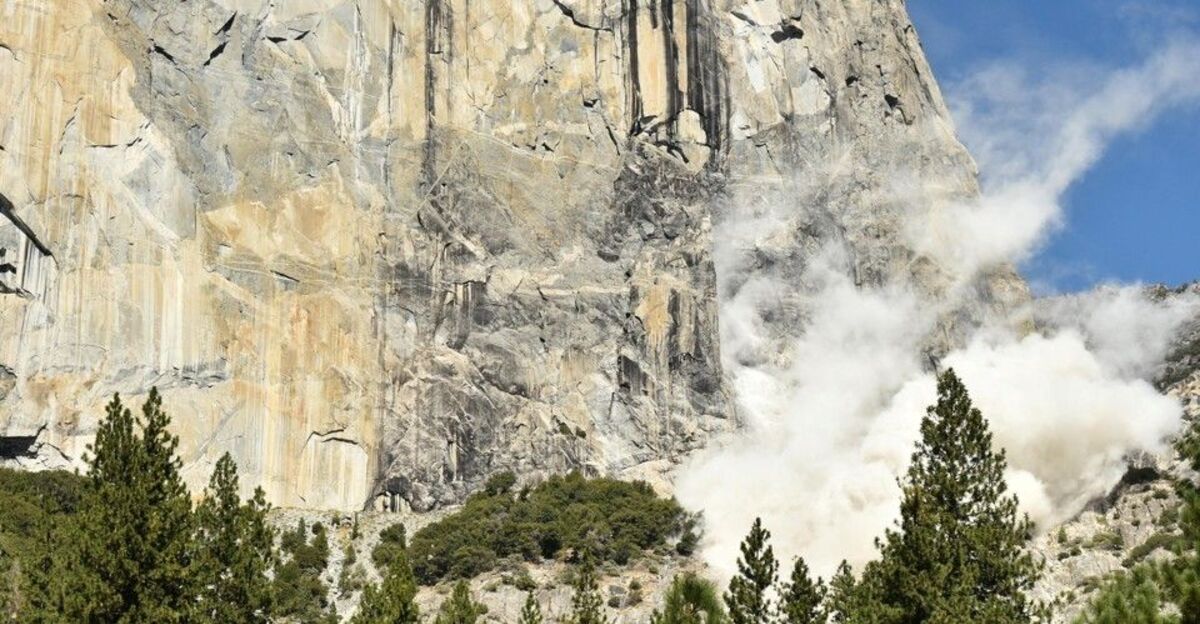
Yosemite achieved measurable success in reducing rockfall risk in prior decades. Officials removed or reinforced high-risk buildings and infrastructure within danger zones, cutting overall rockfall risk to visitors by approximately 95%.
This demonstrated that proactive geological assessment could protect people. Yet, Royal Arches highlighted limitations: removing structures mitigated one hazard class, but monitoring new geological instability remained a challenge.
The park’s 1,000 recorded rockfalls in 150 years provided a cautionary backdrop. The gap between 95 percent risk reduction for buildings and the inability to predict Royal Arches failure illustrated uneven hazard control distribution.
The Unnoticed Precedent: Active Monitoring Gap

Before 2023, park officials had never deployed real-time monitoring on an actively cracking, partially detached granite formation. The closure marked the first continuous observation of a crack’s expansion-contraction cycle.
This unprecedented monitoring revealed behaviors—audible cracking, rhythmic patterns, spontaneous debris—challenging conventional models. Scientists realized Yosemite’s granite contained complexities that prior research hadn’t illuminated.
The implication: other cracks might exist undetected on Yosemite’s cliffs. If climbers stumbled upon Royal Arches accidentally, how many different “Super Naturals” lurked unobserved? This realization shifted park priorities toward enhanced surveillance and climber reporting protocols.
Park Management Under Pressure

Yosemite’s closure remained indefinite through November 2025, with no official reopening timeline announced. Closure notices continued to state “until rescinded,” reflecting ongoing uncertainty about the Royal Arches fissure’s stability.
The U.S. Geological Survey maintained active monitoring, yet peer-reviewed research confirmed that predicting granite failure remains scientifically unreliable. Park officials stated that evidence-based decision-making guided their approach to closures.
The gap between stakeholder requests for clarity and the scientific inability to forecast failure created tension between access and safety. By late 2025, this fundamental uncertainty persisted, with no visible resolution timeline.
Leadership and Institutional Response

Climbing Program Manager Jesse McGahey served as the primary public communicator about the Royal Arches phenomenon. His statements documented that the crack’s behavior—audible cracking, spontaneous debris, expansion-contraction cycles—defied the park geologist’s fifteen-year experience and conventional expectations.
McGahey transparently acknowledged the limitations of monitoring and the inability to predict failure timing. Published statements from NPS emphasized the importance of evidence-based decision-making in closure determinations.
Park officials maintained active coordination with USGS for continued monitoring and data analysis. Documentation of leadership changes or formal protocol development for the period 2024–2025 is currently unavailable in public records.
Enhanced Monitoring and Technology Expansion
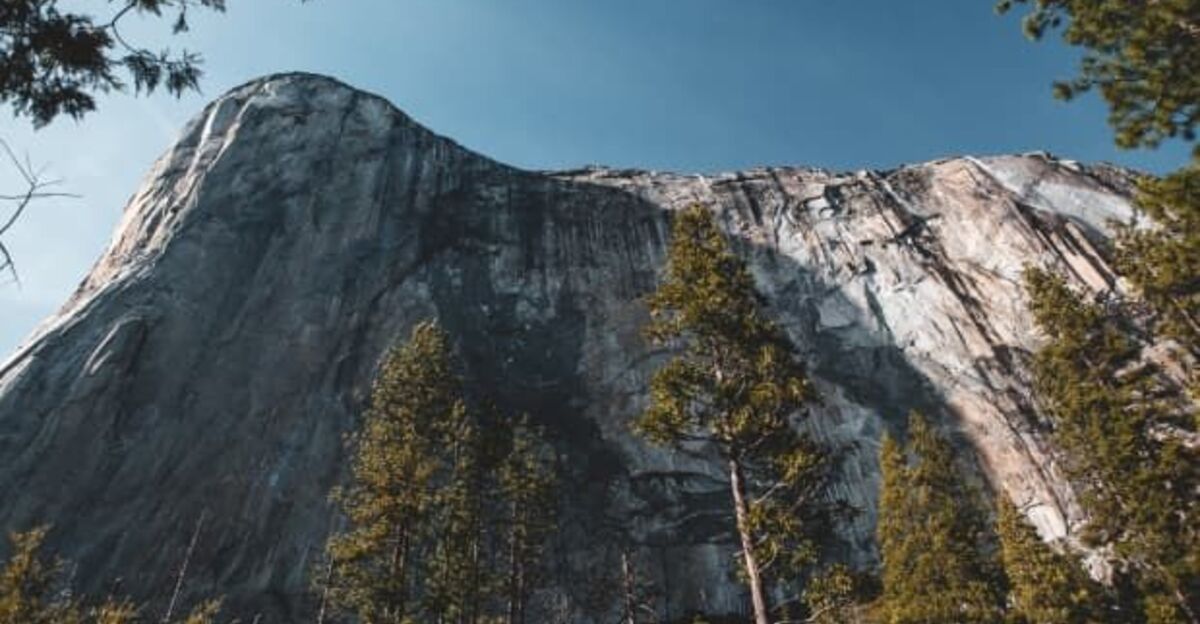
Yosemite committed additional resources to expanded geological monitoring in response. The park retrofitted climbing areas with seismic sensors detecting micro-earthquakes correlating with crack propagation.
Drone-based thermal imaging detected subtle stress changes in cliff faces. Climbing rangers were trained to report anomalies with digital documentation tools. The park established formal protocols for climber reporting, creating channels feeding observations into park databases.
These investments expand Yosemite’s geological monitoring beyond historical practice. However, peer-reviewed research confirms that current technology, while excellent at documenting changes, remains limited in forecasting catastrophic failure in granite formations.
Expert Skepticism and Uncertainty Remain
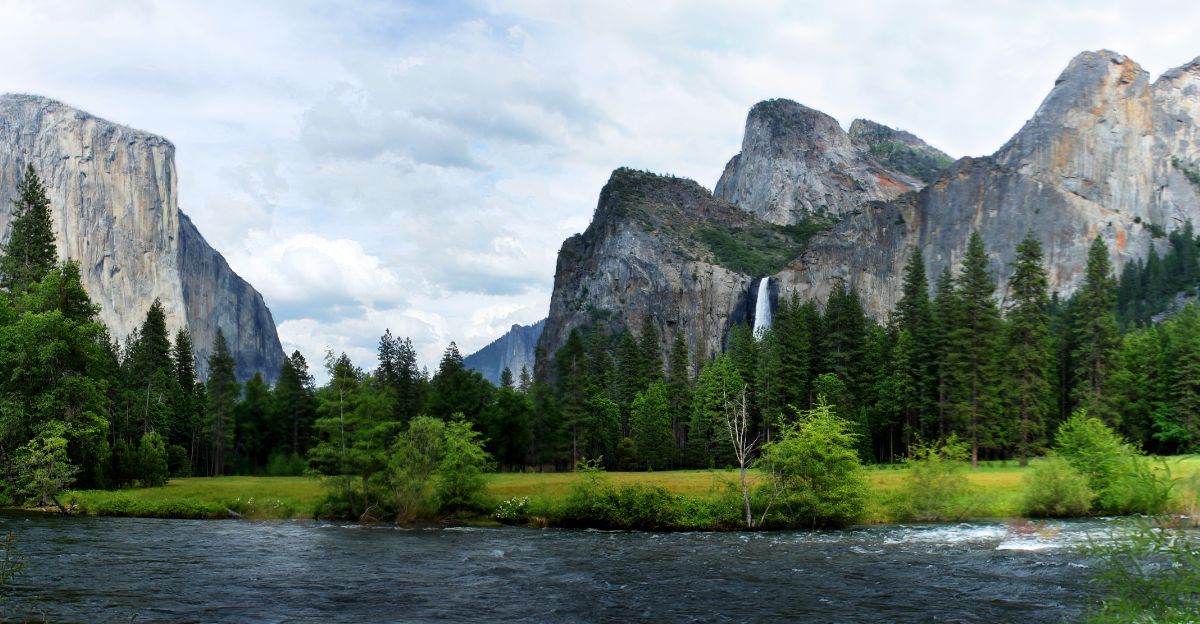
Despite two years of intensive monitoring, leading geologists remained cautious about reopening timelines. A peer-reviewed EOS study acknowledged that current technology documents crack behavior but cannot reliably forecast failure.
Researchers emphasized granite formations often remain stable for decades—or fail suddenly—making prediction inherently probabilistic. Some experts argued that even a 5% residual rockfall risk, given potentially lethal consequences, justified indefinite closure.
Others contended that accepting geological risk was inherent to climbing. This fundamental disagreement reflected broader philosophical divides about certainty thresholds for reopening. No scientific consensus emerged by November 2025, leaving park officials reluctant to commit to reopening dates.
What Does Yosemite Owe Its Visitors?

Over two years after the August 2023 Royal Arches closure, the question posed philosophical questions for America’s national parks. Yosemite prioritized geological precaution over recreational access, reflecting genuine safety concerns but raising harder questions: What evidence threshold justifies indefinite closure?
Can parks remain open while acknowledging ongoing, unquantifiable risks? When scientific uncertainty persists, who decides—experts, stakeholders, or competing interests? The Royal Arches case suggested no easy answers.
Climbers seeking Super Slide or Serenity Crack must look elsewhere. The granite pillar remains monitored, expanding and contracting seasonally, its intentions inscrutable. Whether future geologists declare the formation stable or the pillar collapses catastrophically remains to be seen.